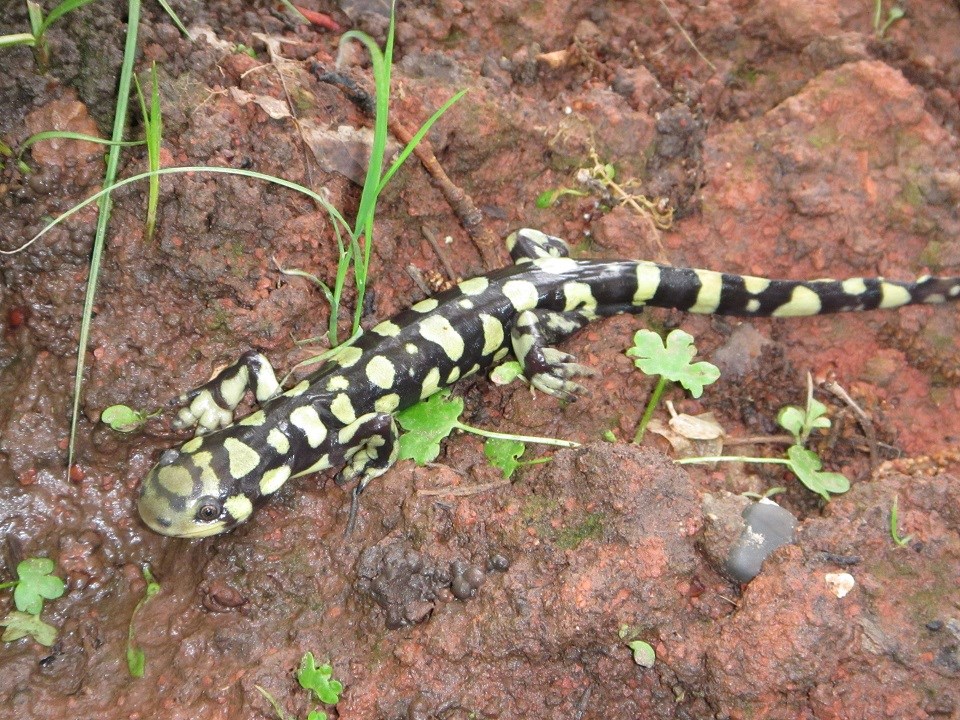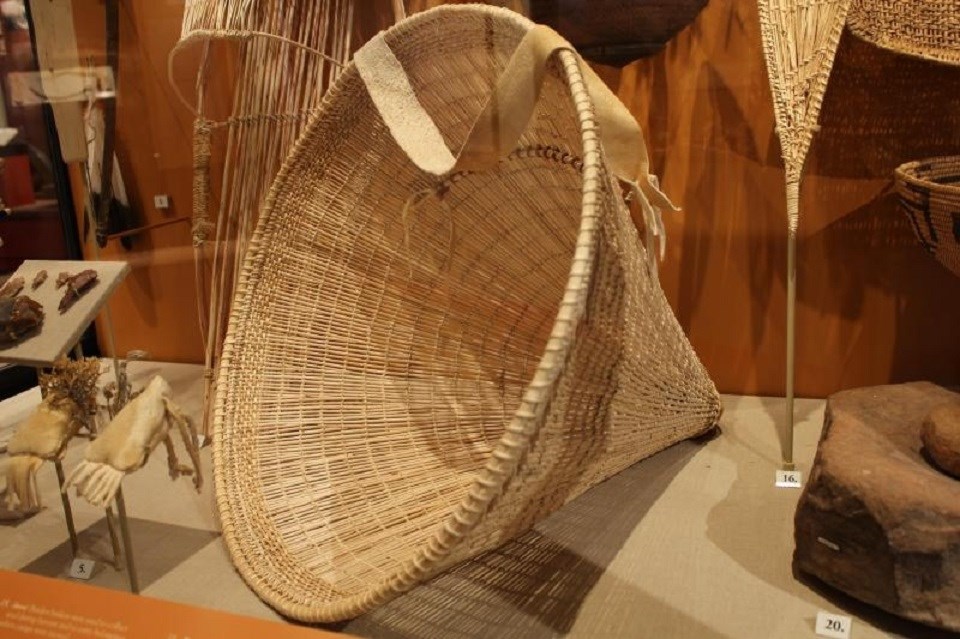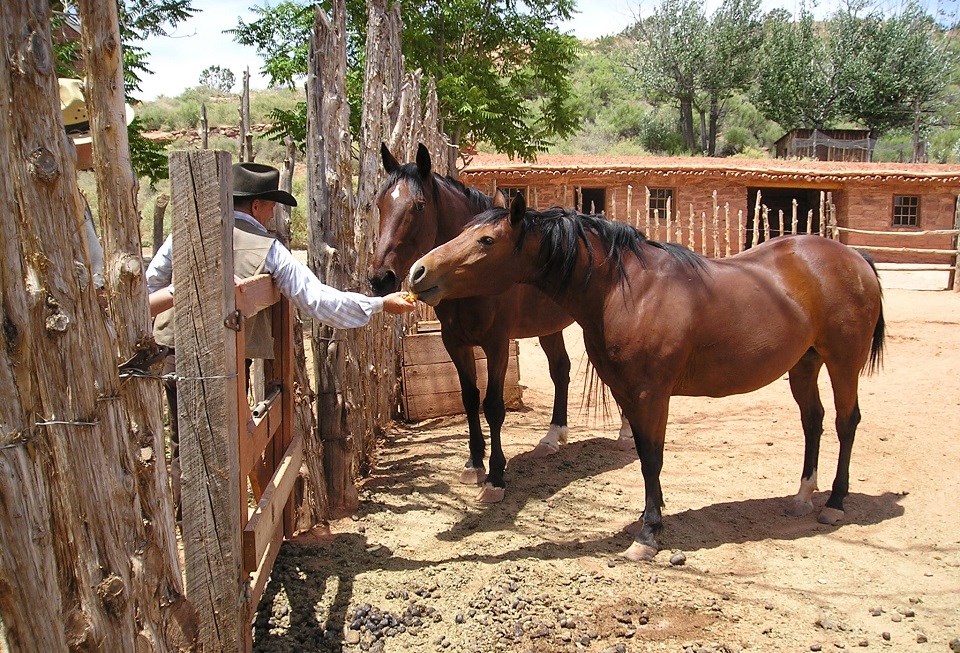Last updated: May 6, 2020
Article
National Park Getaway: Pipe Spring National Monument

NPS photo
Stretching between the Grand Canyon and the Vermillion Cliffs of northern Arizona, the Arizona Strip is a beautiful, but vast, isolated desert landscape that can be unforgiving to those without resources. A small oasis with multiple springs has provided a life source for humans and wildlife for thousands of years. Discover how life in this area still flourishes despite the conditions around the water at Pipe Spring National Monument.
For more than 12,000 years, the Arizona Strip was a travel corridor for big-game hunters, hunter-gatherers, and traders. The area has been home to a continuum of Native American cultures from Ancestral Peoples to the Southern Paiute culture, which was predominant when Spanish and American explorers first arrived in the region. In addition to hunting and gathering, these cultures conducted farming throughout the area and traded salt, foodstuffs, and other materials in extensive trade routes.

NPS Photo
Step back in time to explore the history of the Kaibab Paiutes and their interactions with other tribes and cultures at the Kaibab Band of Paiute Indians Visitor Center and Museum, which is managed jointly with the Tribe.
In the late 1700s and early 1800s, European missionaries and explorers established a trade route known as the Old Spanish Trail, taking advantage of the springs. By the late 1850s, members of the Church of Jesus Christ of Latter-Day Saints were drawn to the area as a part of their faith and used its water sources and grass for sheep and cattle ranching. They built a fortified ranch house known as Winsor Castle at Pipe Spring to be a protected headquarters for their burgeoning ranching operations. Tour Winsor Castle, walk through the native/pioneer garden, explore Kaibab Paiute kahns (shelters made of branches and brush), experience a restored native grassland, and meet the park’s livestock from a safe distance to get a glimpse of the lifeways and conflict that were a part of survival in this arid region.

NPS Photo
A short half-mile walk along the Ridge Trail offers stunning views into the natural wonders of the Arizona Strip. Sitting at about 5,000 feet in elevation, the park was once covered in high-desert elevation grasses as far as the eye could see. Visitors may explore the diversity of a transitional shrubland now in ecological recovery. A surprising variety of plants and animals is able to survive in these arid conditions and can be spotted at the right time of day by those with a patient eye. The Northern Colorado Plateau Network, part of the National Park Service’s Inventory & Monitoring Program, is increasing understanding of the ecosystems through scientific research.
Begin planning your trip to Pipe Spring or check out the many virtual tours on our park website. Talks and demonstrations throughout the year highlight the area’s rich natural and cultural heritage. Kids of all ages are welcome to earn a Junior/Senior Ranger badge in the park by completing fun activities about history and nature. Pipe Spring is also a great place for teachers to take students on a hands-on field trip. If visiting in person, check out safety tips and things to know before you go to have an enjoyable trip!
